Cholecystitis
What is Cholecystitis?
Cholecystitis is the inflammation of the gallbladder, a small organ located beneath the liver. Cholecystitis is most often caused by gallstones, which can block the tube from the gallbladder, causing the bile to build up and inflame the gallbladder.
Impact of Cholecystitis on Anatomy and Health
The gallbladder may not function properly when inflamed due to cholecystitis. The inflammation can cause severe pain, fever, and sometimes jaundice, if the bile flow into the intestine, is blocked. Over time, the gallbladder can become damaged and/or infected, leading to a life-threatening situation if not treated. It can cause serious complications, including a gallbladder rupture, which is a medical emergency. In chronic cases, the gallbladder may shrink and lose its ability to store and release bile, leading to malnutrition and weight loss. The body can't absorb certain fats and vitamins without adequate bile.
Who is Most at Risk for Cholecystitis?
Risk factors for cholecystitis include:
- Gender and Age: Women are more likely to develop gallstones than men, making them more prone to cholecystitis. The risk also increases as you age because the body produces more cholesterol.
- Obesity: Being overweight increases the liver's production of cholesterol, which can lead to gallstone formation.
- Diet: A diet high in fat and cholesterol and low in fibre can contribute to the risk of gallstones, leading to cholecystitis.
- Ethnicity: Certain ethnic groups, including Native Americans and Mexican Americans, are more likely to develop gallstones.
- Medical Conditions: Diseases like diabetes or blood disorders like sickle cell anaemia can increase the risk of gallstones and cholecystitis.
- Rapid weight loss or fasting: These can increase the risk of gallstones, which can cause cholecystitis.
Causes of Cholecystitis
The most common cause of cholecystitis is gallstones, small particles that form when substances in the bile—particularly cholesterol and bilirubin—harden and crystallise. These gallstones can block the cystic duct, a tube through which bile flows from the gallbladder into the small intestine. This blockage causes bile to accumulate in the gallbladder, leading to inflammation and infection, which is cholecystitis.
In some cases, cholecystitis may be caused by other problems, such as:
- Bile duct problems: These can occur from injury, tumours, or severe illness, causing the bile to build up.
- Tumours: A tumour in the liver or pancreas can block bile flow, leading to inflammation.
- Infection: A bacterial or viral infection can cause cholecystitis in rare cases.
- Decreased blood supply to the gallbladder: Conditions like diabetes or atherosclerosis can reduce blood supply to the gallbladder, causing inflammation.
Symptoms of Cholecystitis
- Severe pain: This is usually in the right upper abdomen. The pain may be sharp, cramping, or dull, and it can radiate to the right shoulder or back. It often occurs after eating, especially high-fat foods, and lasts several hours.
- Fever: A person with cholecystitis may have a high fever and chills.
- Nausea and vomiting: These symptoms are common, especially after meals.
- Tenderness over the abdomen: The right upper part of the abdomen may be tender to the touch.
- Jaundice: This is a yellowing of the skin and the whites of the eyes. It occurs if the common bile duct is blocked, preventing bile from being excreted into the intestine.
Types of Cholecystitis
Cholecystitis is generally categorised into two types:
- Acute Cholecystitis: This is a sudden inflammation of the gallbladder. It's most commonly caused by gallstones blocking the cystic duct, leading to a build-up of bile. This can cause severe abdominal pain and fever. Acute cholecystitis can lead to serious complications like gallbladder gangrene or perforation if untreated.
- Chronic Cholecystitis: This is long-term gallbladder inflammation, often due to repeated episodes of acute cholecystitis. Over time, the gallbladder can become thickened and scarred, and its function can decrease. This can lead to the formation of more gallstones and an increase in pain and discomfort.
Diagnosis of Cholecystitis
Diagnosis of cholecystitis usually involves a physical examination, a review of symptoms, and a variety of tests:
- Blood tests: These are done to look for signs of infection or inflammation.
- Imaging tests: Ultrasound is the most commonly used imaging test for diagnosing cholecystitis. It uses sound waves to create gallbladder images and can usually detect gallstones or signs of inflammation. Other imaging tests like computed tomography (CT) scan, or a hepatobiliary iminodiacetic acid (HIDA) scan might also be used.
- Endoscopic Retrograde Cholangiopancreatography (ERCP): This procedure may sometimes be used. It involves using a long, flexible tube with a camera to examine the bile and pancreatic ducts.
Treatment of Cholecystitis
The treatment of cholecystitis usually involves managing the symptoms and removing the gallbladder. Here's how it's typically approached:
- Initial Treatment: The first step in treating cholecystitis often involves fasting to rest the gallbladder, intravenous (IV) fluids to prevent dehydration, and medications to control pain. If an infection causes cholecystitis, antibiotics may be given.
- Gallbladder Removal Surgery (Cholecystectomy): The standard cholecystitis treatment is surgically removing the gallbladder. This can be done with a traditional open or less invasive laparoscopic procedure. The body can function normally without the gallbladder, as the liver can still produce bile for digestion. The surgery is usually planned as soon as the inflammation has settled or earlier if complications are present.
- Nonsurgical Treatments: In certain cases where surgery isn't an option due to other health conditions, other treatments may be used. This could include draining the gallbladder through a small tube placed through the skin or using medication to dissolve gallstones, although this is less common and less effective.
What if Cholecystitis is Untreated?
If left untreated, cholecystitis can lead to several serious complications:
- Gallbladder rupture: If cholecystitis isn't treated, the gallbladder can burst or rupture, leading to a serious infection in the abdomen (peritonitis) that requires emergency treatment.
- Gangrene: Reduced blood flow to the gallbladder can lead to tissue death, or gangrene, a life-threatening condition.
- Gallstone Ileus: In rare cases, a gallstone can pass into the intestine and cause a blockage, known as gallstone ileus.
- Cholangitis: Inflammation and infection of the bile ducts can occur if a gallstone leaves the gallbladder and gets stuck in the main bile duct.
- Pancreatitis is inflammation of the pancreas, which can occur if a gallstone blocks the pancreatic duct near the bile duct.
It's important to seek medical attention if you experience symptoms of cholecystitis. Prompt treatment can help prevent these complications and relieve the symptoms.






